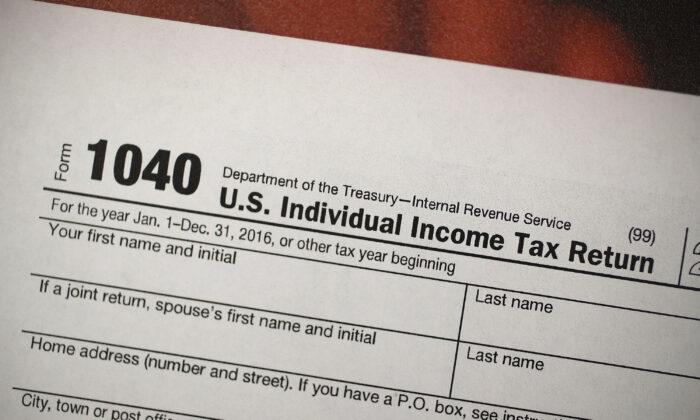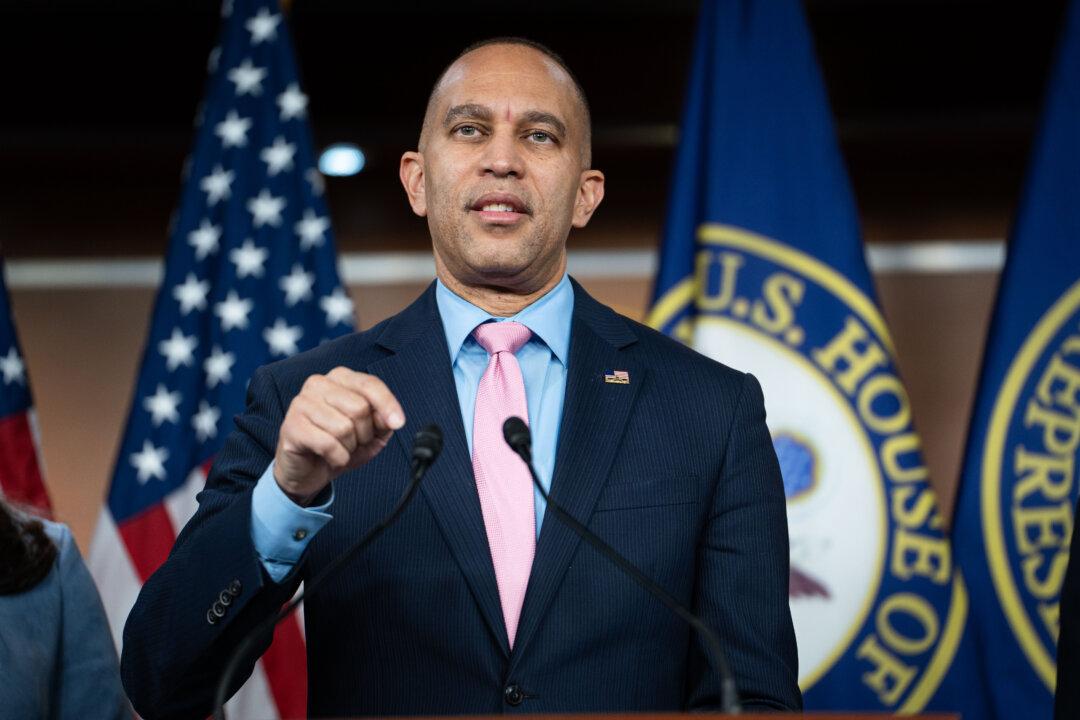As the cost of living has soared for Americans battling against chronic inflation, the Internal Revenue Service (IRS) may be bringing some welcome relief.
Tax rates are typically adjusted for inflation annually by the IRS, so this is nothing new; but with red-hot inflation currently at a 40-year high in the United States, this year’s changes are likely to feel more significant for millions of Americans.
The adjustments will impact individual income tax brackets, deductions, and credits for next year, potentially bringing relief to taxpayers who may now fall into lower tax brackets.
Standard Deduction
The standard deduction is typically used by most people who don’t itemize their taxes and reduces the amount of income you must pay taxes on.Under the new annual inflation adjustments announced by the IRS, the standard deduction for married couples filing jointly in 2023 is $27,700, up $1,800, or 7 percent from the prior year.
Tax Brackets
For the tax year 2023, the top marginal rate, or the highest tax rate based on income, remains 37 percent for individual single taxpayers with incomes greater than $578,125, or $693,750 for married couples filing jointly.The lowest rate is 10 percent, and applies to single individuals with incomes of $11,000 or less and married couples earning $22,000 or less.
Earned Income Tax Credit
The maximum amount for households who claim the earned income tax credit will be $7,430 for the tax year 2023 for individuals who have at least three children. In the tax year 2022, or the current tax year, this was $6,935, according to the IRS.Flexible Spending Arrangements
A flexible spending account, also known as a flexible spending arrangement, allows workers to contribute a portion of their regular earnings, up to a limit set by the IRS, into an account that can be used to pay for certain health care costs. Given that the funds taken from the account are not subject to income and payroll taxes, they offer specific tax advantagesOther Notable Adjustments
These include the annual exclusion for gifts, which increased to $17,000 for the calendar year 2023, up from $16,000 for the calendar year 2021.For the tax year 2023, the monthly limitation for the qualified tax-free public transit and parking costs will also increase, to $300, up $20 from this year.
The heirs (or estates) of wealthy Americans who die during 2023 will also see some tax relief, with the IRS exempting up to $12.92 million from the estate tax, up from $12.06 million in 2022.
Durante explained that the IRS establishes its inflation adjustments by averaging a “chained Consumer Price Index,” an alternative measurement for the Consumer Price Index (CPI).
“The reason they do this is because the regular CPI is thought to overstate inflation because it doesn’t take into account the substitution that shoppers can make as costs rise,” Durante said, pointing to consumers swapping higher-priced items for cheaper ones.





